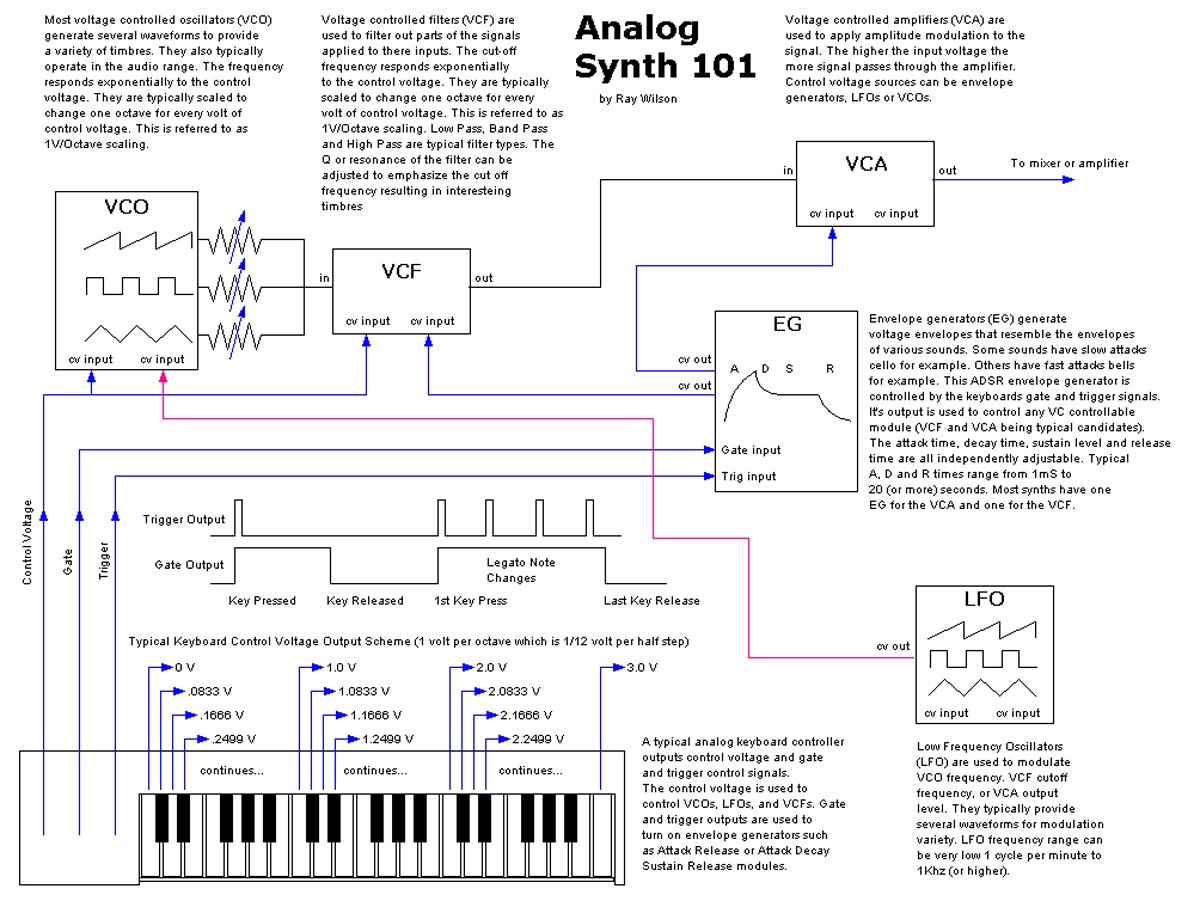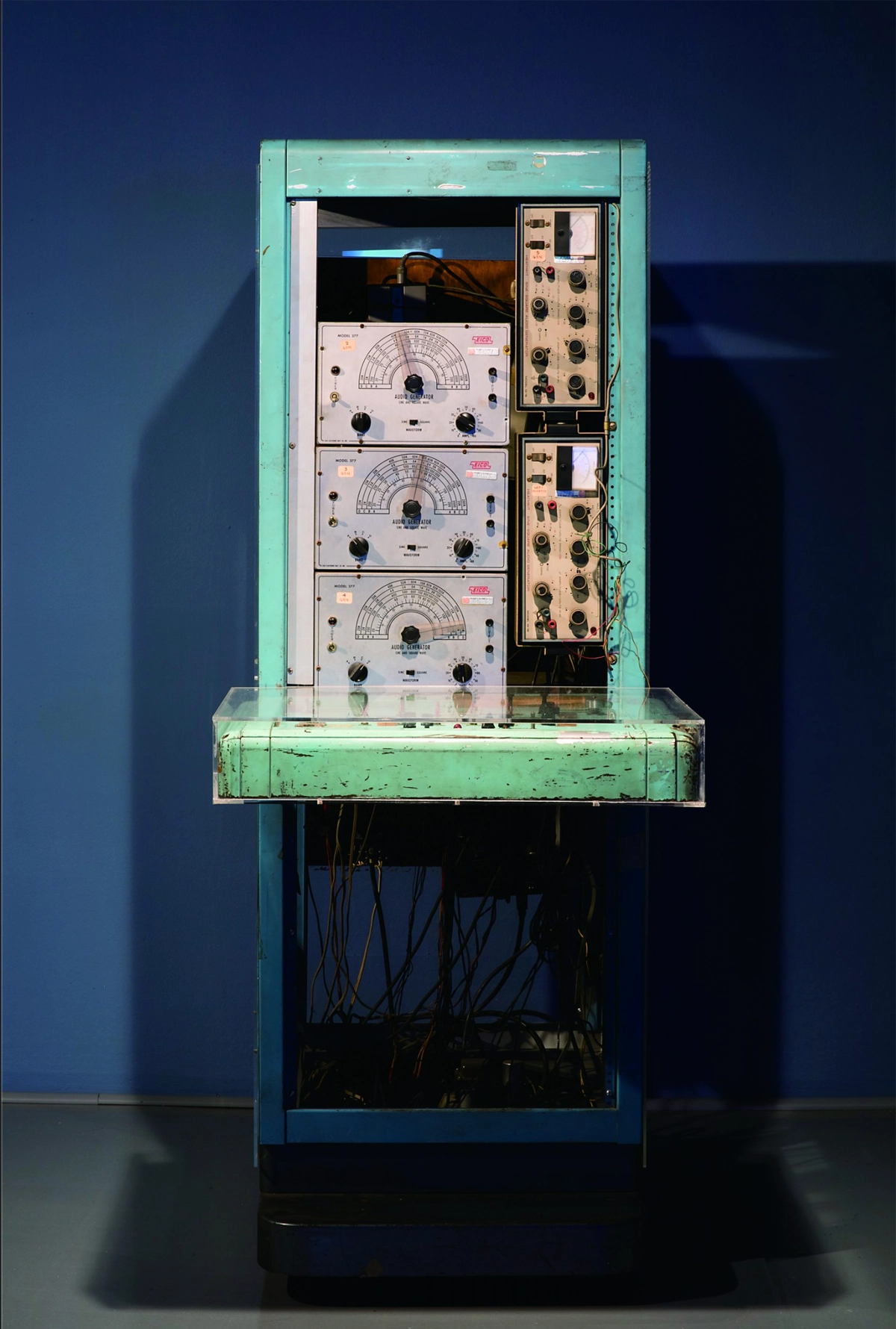Workshop about “Synthesizer”
Practice for this workshop:
The synthesizer, often depicted in popular media as an instrument similar to an electronic piano, is essentially closer to a machine—a synthesizer—that creates sound through literal synthesis. (In fact, a keyboard isn't even an essential component of a synthesizer.) Let's consider the potential inherent in the synthesizer as a synthesizing device.
The birth of the synthesizer is rooted in utopian imagination. In the early 19th century, the French mathematician Joseph Fourier proved through the Fourier Transform that any complex periodic signal could be decomposed into a sum of simple sine waves. This idea later materialized into acoustic devices alongside advances in electronics, opening a new world for musicians and engineers. They could now not only mimic real-world sounds with machines but also design entirely new, ideal sounds. Thus born, electronic music, armed with its unique abstraction and openness, underwent free development and established itself as the dominant genre mediating the realization of nearly all music today.

(Source: musicfromouterspace.com)
Synthesizer design is open-ended and possesses potentially infinite expandability. The structure of the most typical subtractive synthesis synthesizer can be simplified into a three-step framework: generation (VCO), modification (VCF), and control (VCA). This model allows for theoretically infinite variations through attempts like increasing the number of components or altering connection pairs. (This structure is specific to subtractive synthesis. However, all synthesizer structures share this common expandability.)
What if we conceptually reduce the synthesizer's structure and apply it to other domains? Limiting ourselves to visual art, the idea of transforming this sound-synthesizing machine into a visual apparatus has been attempted multiple times throughout history. Alongside analog devices like oscilloscope art and the Paik-Abe Video Synthesizer, software like TouchDesigner, which utilizes node-based image creation methods, shares this same idea. Even generative images created by artificial intelligence fundamentally share this same starting point.

The desire for Automatisme among Surrealist artists, originating from the automatic writing of the unconscious inner world, has evolved into highly mechanized automatic modulation and algorithmic synthesis. Thus, the synthesizer is a contemporary machine that resonates with a series of art-historical contexts. This nearly infinite mode of synthesis assists the free imagination of creation.
The Workshop about “Synthesizer” aims to conceptually revisit this structure. While ultimately considering the design of a mechanical device, this workshop primarily focuses on examining the concept through various practices.